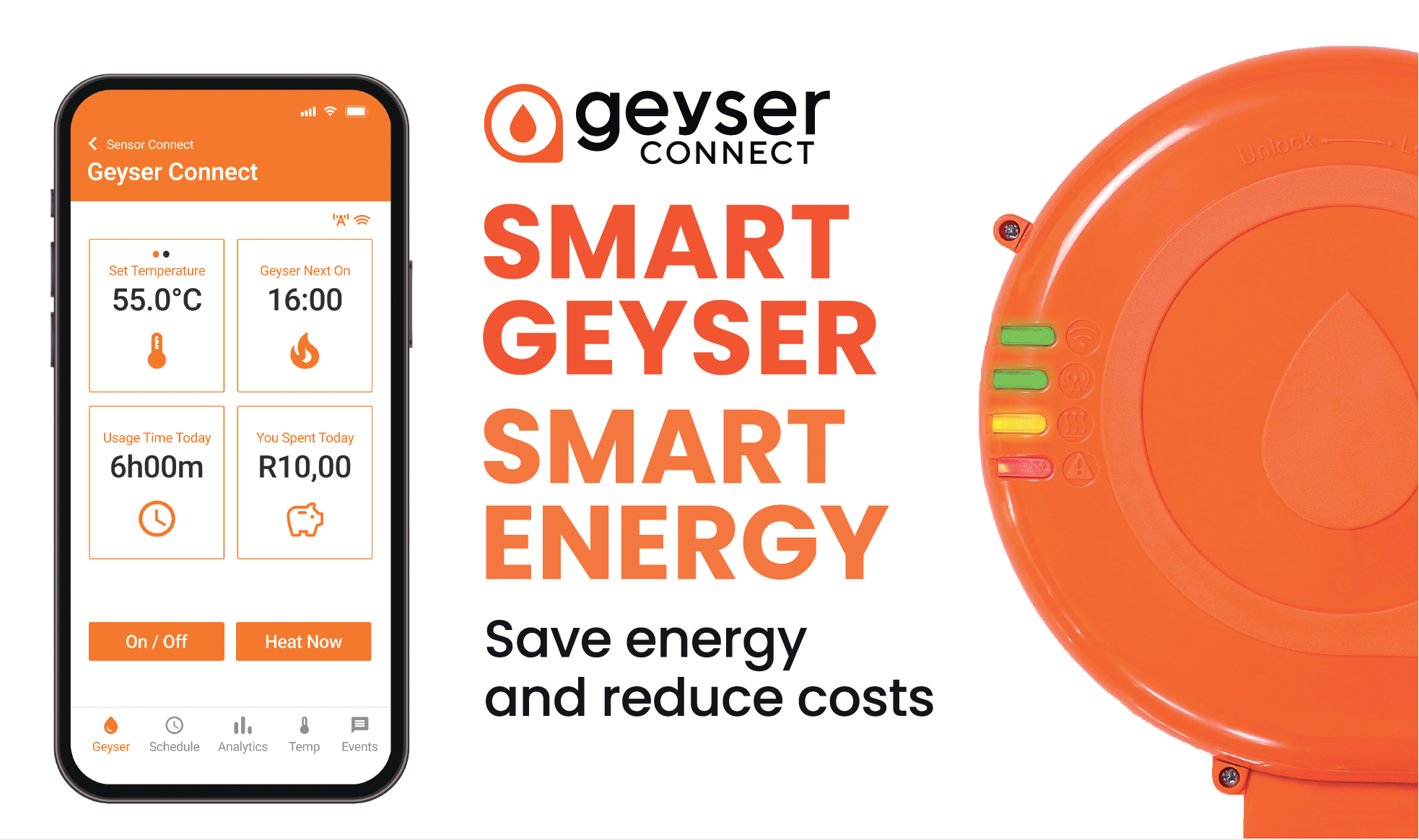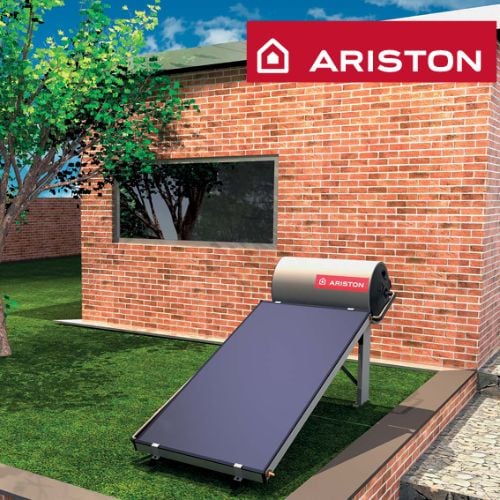The Origin of Water Heating Systems
modified: 9 September 2022
The Origins of Water Heating Systems
4 Types of Water Heating Systems
Humans are thought to have been bathing since the Stone Age. The vast majority of European caves that are decorated with Palaeolithic art are located next to naturally occurring geothermal springs. Bathing was initially more focused on religious matters than hygiene, with the first formal records of humans bathing dating back to 3000 BC. Water was seen as having a purifying effect on both body and soul. In areas without geothermal hot water, people began heating water over wood fires and later on wood or coal-fired stoves. The Romans elevated this practice to create community-scale bathing facilities, but it was during the industrial revolution that the forerunners of modern water heating systems began appearing, initially fired with gas. The first electric water heating systems started appearing in the 1920s.Modern Electric Water Heating Systems
The earliest electrically-powered water heating systems were centralised systems that employed a large storage tank containing an element similar to those found in electric kettles, only much larger. These types of heaters are known as immersion heaters. The element heats water in the tank, the heated water then rises to the top of the tank where it can be drawn on demand. As the hot water is drawn at the top of the tank, cold water replaces it at the bottom and the heating cycle is repeated. Centralised geysers, whether gas- or electrically-fired, invariably suffer significant heat loss in the extensive network of pipes that deliver the hot water to the point of use. Heat loss even occurs in systems where the pipework is well insulated, albeit to a lesser extent. In addition, the water has to be maintained at the preferred temperature between uses so electricity is constantly used to replace heat lost to the atmosphere. A centralised geyser will have a data plate or sticker indicating the maximum daily heat loss (measured in kilowatt-hours) the tank will experience. This calculation is done when the water is heated to a certain temperature and no water is drawn off for twenty-four hours. Bear in mind that the higher the temperature in the tank, the higher the heat loss to the atmosphere will be. Switching these types of water heating systems off between hot water use can bring about savings but these tend to be marginal and the water takes an unacceptably long time to warm up again. The Ariston Group offers consumers a number of alternative options that are both more economical and eco-friendly.
Point-of-use Electric Water Heating Systems
These devices overcome the primary weakness of centralised installations by minimising the need for lengthy pipes. As opposed to a single central heater and a complex network of pipes feeding multiple points, a separate electrical heater serves each outlet individually. This arrangement ensures piped connections are short enough to make any heat loss negligible. Point of use water heating systems are on-demand devices and only consume power when you open an outlet. Ariston Thermo South Africa’s range offers state-of-the-art technology in a compact, stylish device. Stop paying for hot water you don’t use, and wasting water and time waiting for the hot water to arrive.
Gas-fired Point-of-use Water Heating Systems
Unlike most European countries where utility companies compete to provide piped gas directly to homes, most South Africans who choose gas-fired units must usually rely on gas supplied in cylinders. These must be exchanged or refilled, so a spare full cylinder is normally kept in reserve to avoid downtime when a cylinder runs empty. This is however changing and piped gas, which is convenient and economical, is becoming more commonly available. Managing cylinders is only a relatively minor inconvenience and gas-fired, point-of-use water heating systems offer all the benefits of their electric counterparts with some models having the additional advantage of delivering hot water even when the electrical grid fails. Have the luxury of hot water during load-shedding or technical outages by installing one of Ariston Thermo South Africa’s Fast Evo or Fast R gas-fired water heating systems with battery ignition.
Solar Water Heating Systems
These units use fundamental heat-transfer principles to harness the sun’s energy to heat cold water directly. They require neither gas nor electricity, although most will have a backup heating solution for cloudy days. The fact that the sun provides most of the energy to heat the water, makes them extremely economical and the ultimate green solution for domestic use. To learn more about these and other world-class Ariston products, visit our website today.






